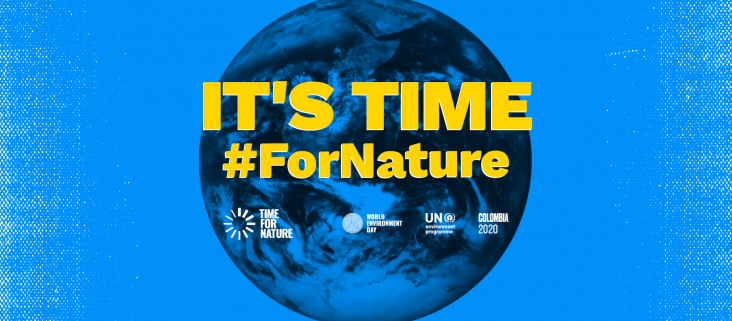
The SDG Impact of COVID-19 podcast series gathers expert opinion exploring the impact of COVID-19 on the Sustainable Development Goals. In this segment, we get the view of Terry Slavin, Editor of Ethical Corporation.
Multidisciplinary analytical techniques allow us to examine the presence and behaviour of pollutants in complex atmospheric, terrestrial, aquatic, and living compartments of ecosystems. This book chapter advances SDGs 6, 13 and 15.
This article supports SDG 13 and SDG 15 by demonstrating the people's willingness to pay for ecosystem services on the Tibetan Plateau of China and highlighting the significance of people's knowledge and attitude as direct driving factors for payment amount.
This chapter advances SDG 6, 11, and 13 by explaining how droughts have long played a major disruptive role in history, threatening the stability of human society. Here, we briefly review the relationship between civilizations and drought, stressing the link between agriculture and drought impacts.

The SDG Impact of COVID-19 podcast series gathers expert opinion exploring the impact of COVID-19 on the Sustainable Development Goals. In this segment, we get the view of Andy Dewis, Vice President of International Solutions, Energy & Sustainability Services at Schneider Electric.
Addressing efficient management of energy has become a central objective due to the scarcity of traditional energy sources and global warming.
If moral concern for nonhuman nature underpins conservation, it is essential to understand how individuals populate their “moral communities,” a core concept from environmental ethics, with various el
Refuges and refugia are important to conservation management because of their potential to protect species from difficult-to-manage threats such as changing climate, extreme events (e.g., drought, fir
Climate change and population growth generates a decrease in water availability around the world which can compromise the maintenance of sustainable agriculture.

